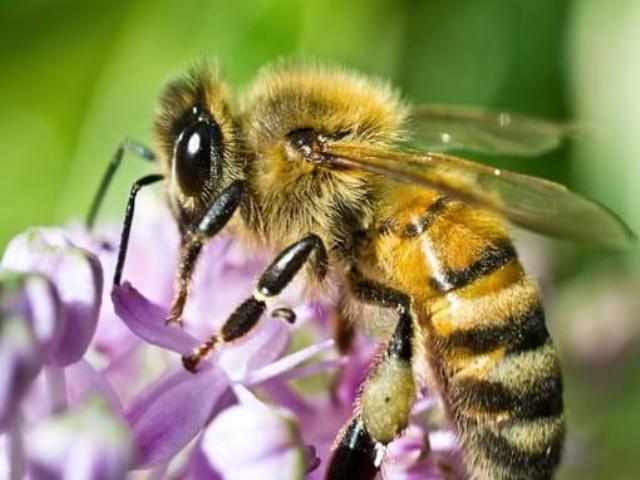Bee Smart: The Benefits of Combining Real-Life Specimens and Books to Teach Kids About Honeybees
Bzzz bzzz! It’s the sound of the honeybee, one of the biggest contributors to our planet’s food chain. These buzzing creatures have fascinated humans for centuries and learning more about them can be both informative and fun. But have you ever wondered how to learn more than just what’s written in books? That’s where combining real-life specimens and books comes in!
Imagine yourself in a sunny meadow with a buzzing sound all around you. You see a flurry of activity around a beehive. Curious, you open the hive and observe the honeybees working up close. You notice their intricate dance moves, their organized teamwork, and how they produce honey. That’s the beauty of observing real-life honeybee specimens! You get to see their fascinating behavior up close and learn from it in a way that just reading about them in a book can’t replicate.
But what if you don’t have access to a beehive? That’s where having honeybee specimens can still be beneficial. You may not be able to see their behavior, but you can observe their physical features like their wings, legs, and antenna, and compare them to what you read in books. Imagine holding a honeybee in your hand and examining its wings, which beat over 200 times per second, allowing them to fly at speeds of up to 15 miles per hour! Combining hands-on, visual experiences with books can really help solidify what you’ve learned about these incredible insects.
With that in mind, let’s dive into two illustrative stories of how honeybee specimens and books can work together to enhance our learning experience.
Story 1: The Buzzing Field Trip
It’s a sunny day, and your class is going on a field trip to a local farm. You doze off during the car ride, but wake up to the sound of buzzing. Curious, you peer out of the window and see a field of flowers in bloom, covered in buzzing honeybees!
As you walk towards the beekeepers’ tent, you see a few honeybee specimens in a glass case. The beekeeper tells you their names, how they work together, and how they fertilize flowers. You begin to understand the importance of honeybees in making sure our food supply stays healthy.
Next, you head to the book section and scan through pages on honeybees. You see illustrations that portray their anatomy, their life cycle, and how honey is made. You begin to see how the illustrations complement the specimens and vice versa.
After the field trip, you’re inspired to learn more about honeybees. You go home and pore over the books and specimens you saw, and discover something new each time.
Story 2: The Honeybee Apprentice
You’ve been fascinated by honeybees ever since you were little, and now you’re ready to learn more. You’ve read all the books on honeybees that you can find, but you still feel like something’s missing.
One day, you decide to visit a local beekeeper. You watch intently as they extract honey and learn how they care for the bees. They even let you hold a honeybee specimen in your hand! Holding it close, you realize how complex and delicate these creatures are.
When you go back home, you open up your book and look at the illustrations again. You see its wings and legs and recognize them in the specimen you held earlier. You realize how much more you’re learning by having real-life experiences to complement what you read.
The combination of real-life specimens and books can be an incredibly rewarding way to learn about honeybees. The next time you have the chance to observe or hold a honeybee specimen, don’t hesitate to take a closer look. And when you read about honeybees in books, use your real-life observations to deepen your understanding of these fascinating creatures.
Natura Specimens — an exquisite collection of crystal specimens that showcase the beauty of nature in its purest form. Each piece undergoes a rigorous15-step process that takes over 600 hours to complete, resulting in a finished product that is truly one-of-a-kind.
At Natura Specimens, we pride ourselves on using only the finest materials, including first-class Japanese high-polymer acrylic, to ensure the crystal clarity and purity of every specimen. With our commitment to quality and attention to detail, you can rest assured that every piece is a true testament to the magnificence of nature.

